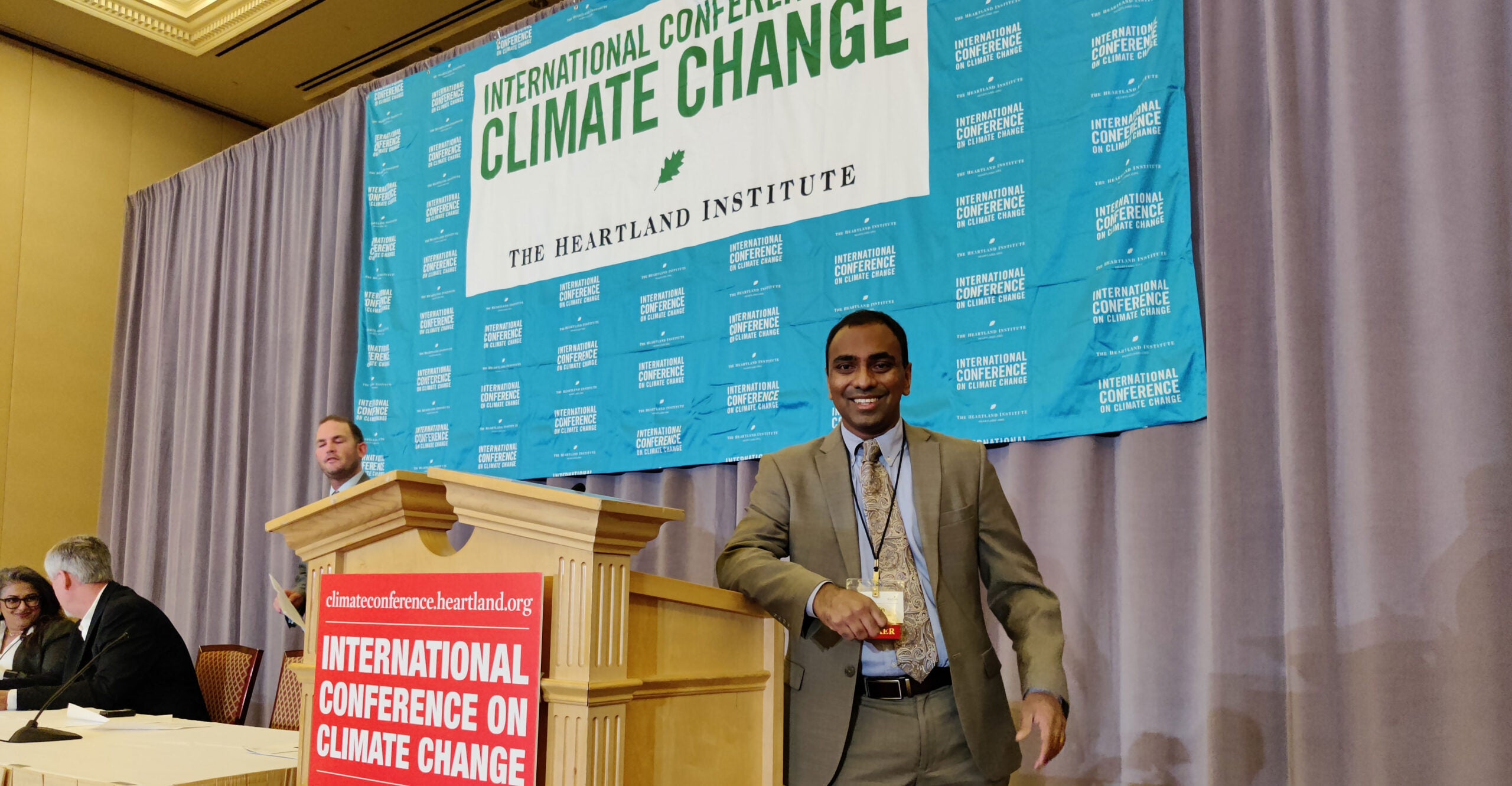A new study by climatologists at the University of Michigan concludes that some of the latest generation climate models may be overly sensitive to increases in carbon dioxide and therefore project unrealistic future warming.
In a letter scheduled for publication April 30 in the journal Natural climate changethe researchers say projections from one of the main models, known as CESM2, are not supported by geological evidence from a previous warming period around 50 million years ago.
The researchers used the CESM2 model to simulate temperatures during the early Eocene, a time when rainforests flourished in the New World tropics, according to fossil evidence.
But the CESM2 model predicted lower Eocene land temperatures exceeding 55 degrees Celsius (131 F) in the tropics, which is much higher than the temperature tolerance of plant photosynthesis – contradicting the fossil evidence. On average across the world, the model projected surface temperatures at least 6 C (11 F) warmer than estimates based on geological evidence.
“Some of the newer models used to make future predictions may be too sensitive to increases in atmospheric carbon dioxide and therefore predict too much warming,” said UM’s Chris Poulsen, a professor in the Department of Earth Sciences and of the environment of UM and one of the three authors of the study.
The other authors are Jiang Zhu, postdoctoral researcher at UM, and Bette Otto-Bliesner of the National Center for Atmospheric Research. They say their study shows how geological evidence can be used to compare climate models and predictions of future warming.
The new study focuses on a key climate parameter called equilibrium climate sensitivity, or ECS. The ECS refers to the long-term change in global temperature that would result from a sustained doubling – over hundreds to thousands of years – of heat-trapping carbon dioxide above the pre-industrial baseline of 285 parts per million.
The current level of CO2 is around 410 ppm, and climatologists say atmospheric concentrations could reach 1,000 ppm by 2100 if nothing is done to limit carbon emissions from burning fossil fuels.
For decades, most of the best climate models have predicted an equilibrium climate sensitivity of about 3 degrees Celsius (5.4 F), with a range of 1.5 to 4.5 C (2.7 to 8 ,1 F).
But that has changed recently with some of the newer climate models participating in CMIP6. The Coupled Model Intercomparison Project (CMIP) is an internationally coordinated effort among climate science institutions, and is now in its sixth phase. The next assessment report of the Intergovernmental Panel on Climate Change, due out next year, will be based on the CMIP6 models.
Ten of the 27 CMIP6 models have an equilibrium climate sensitivity greater than 4.5 C (8.1 F), meaning they are more sensitive to increases in CO2 than most previous generation models. The CESM2 (Community Earth System Model, version 2) model tested by the UM-led research team is one such CMIP6 model and has an equilibrium climate sensitivity of 5.3 C (9.5 F).
CESM2’s predecessor, the CESM1.2 model, did a remarkable job of simulating early Eocene temperatures, the researchers say. It has an equilibrium climate sensitivity of 4.2 C (7.6 F).
“Our study implies that the climate sensitivity of CESM2 of 5.3 C is probably too high. This means that its prediction of future warming under a high-CO2 scenario would also be too high,” said Zhu, the study’s first author. Natural climate change letter.
“Determining whether the high climate sensitivity in CMIP6 models is realistic is of critical importance for us to anticipate future warming and develop adaptation plans,” said NCAR’s Otto-Bliesner.
The team’s Lower Eocene simulations incorporated the latest paleoclimate reconstructions and included data on paleogeography, land cover, and land surface properties. Reconstructions of atmospheric carbon dioxide levels from this time predate ice core records and rely on geochemical and paleobotanical proxies.
The Fifth Assessment Report of the Intergovernmental Panel on Climate Change, finalized in 2014, stated that the increase in global surface temperature by the end of the 21st century is expected to exceed 1.5°C relative to 1850–1900 for most emissions scenarios, and projected to exceed 2.0 C for some emissions scenarios.
The projections for this assessment were based on the previous generation of CMIP models, known as CMIP5 models. The new CMIP6 models will likely lead to even greater warming projections. The long-term goal of the Paris climate agreement is to keep the increase in global average temperature well below 2°C above pre-industrial levels and to pursue efforts to limit the increase to 1.5°C.
###
Reference: “High climate sensitive in CMIP6 model not supported by paleoclimate” by Jiang Zhu, Christopher J. Poulsen and Bette L. Otto-Bliesner, April 30, 2020, Natural climate change.
DOI: 10.1038/s41558-020-0764-6
The work was supported by grants from the National Science Foundation and the Heising-Simons Foundation to Poulsen, who is the associate dean for natural sciences at UM’s College of Literature, Science, and the Arts.




